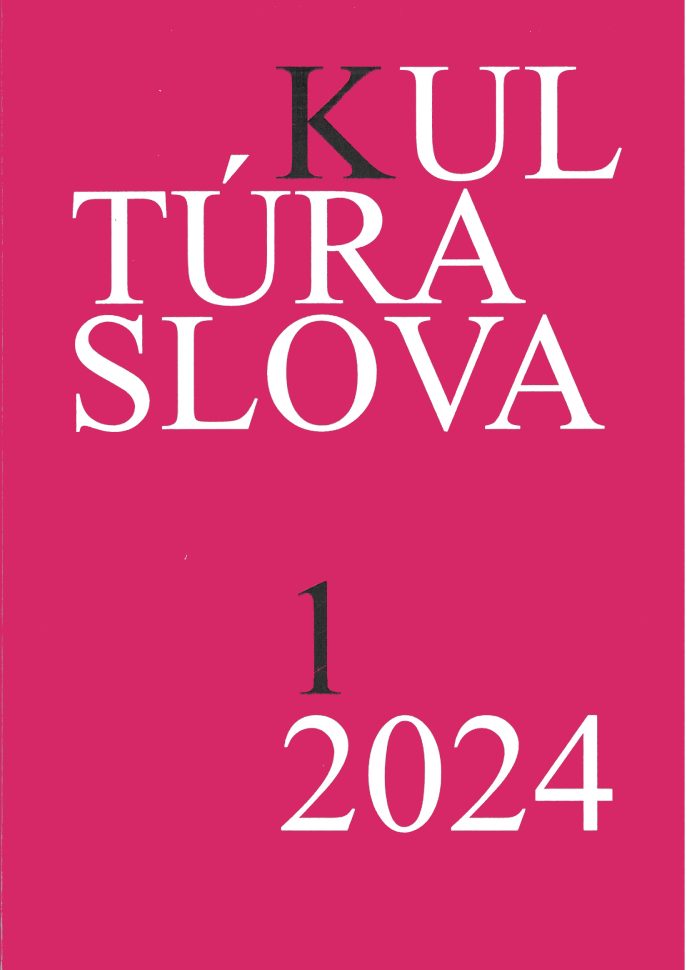Aspekty inkluzívneho jazyka nielen v slovenčine
Aspects of Inclusive Language not only in Slovak
Author(s): Stanislava MoyšováSubject(s): Language studies, Language and Literature Studies, Applied Linguistics, Sociolinguistics, Western Slavic Languages
Published by: SAV - Slovenská akadémia vied - Jazykovedný ústav Ľudovíta Štúra Slovenskej akadémie vied
Keywords: inclusive language; gender-balanced language; generic masculine; functionality
Summary/Abstract: In the languages of the Western civilization in recent decades, we can notice an effort to create a gender-balanced or inclusive language. This is a cultural concept that has been implemented in French, English and German, for example, in various ways, both linguistically and graphically. It reflects the effort to make women visible in a discourse that, according to feminist studies, is laden with sexism. Inclusive language in its written variant has developed in new forms thanks to the graphic signs. The authors of these new forms are very often the public institutions who elaborate the guidelines for use of this type of language. This article describes the forms of inclusive language and examines the extent of its functionality and capacity to facilitate communication.
Journal: Kultúra slova
- Issue Year: 58/2024
- Issue No: 1
- Page Range: 3-14
- Page Count: 12
- Language: Slovak

